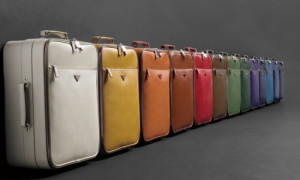
Entitled “How to Build a Responsible Fashion Business,” Business of Fashion (BoF) held a professional summit broadcast live on June 17, 2020. On the agenda were such pressing subjects as racial equality, workers’ rights, and climate change.
The impetus for the summit was, as a huge industry, the fashion community has a moral obligation to take a good hard look at how it contributes to the crisis wreaking havoc in the world today and can be a force for change towards better practices and improvement.
The summit considered all aspects of the industry: from the expectations of shareholders to employees, garment workers, the greater society, and finally the entire world.
During 2019 the global fashion industry created 114 billion clothing pieces. Most of those were cheap, disposable garments, made in huge numbers, using a seemingly endless amount of natural resources. Add to this excessive use of resources also the burden on workers who toil under poor, and worse conditions at a gigantic social and environmental cost.
In addition to this challenge is that of racism found within the fashion industry. Although the industry has been making money off black culture, the power structure of the industry is overwhelmingly white. The only two black creative directors of major global brands are Olivier Rousteing and Virgil Abloh. There is an equal lack of black representation among CEOs as well.
The BoF Professional Summit was a half-day of conversations, workshops, keynote addresses, and panels all to address the profound issues affecting the industry and the world.


